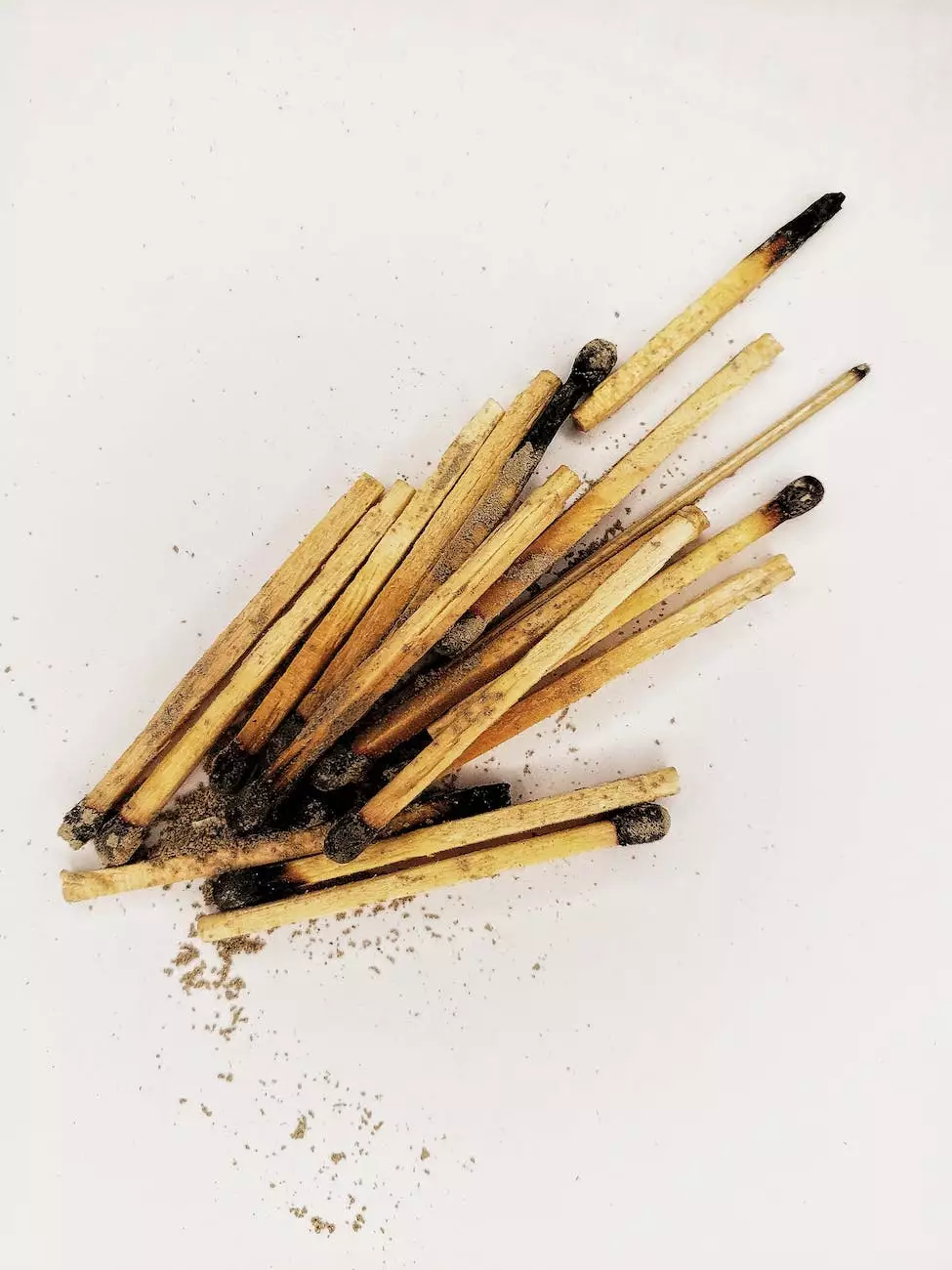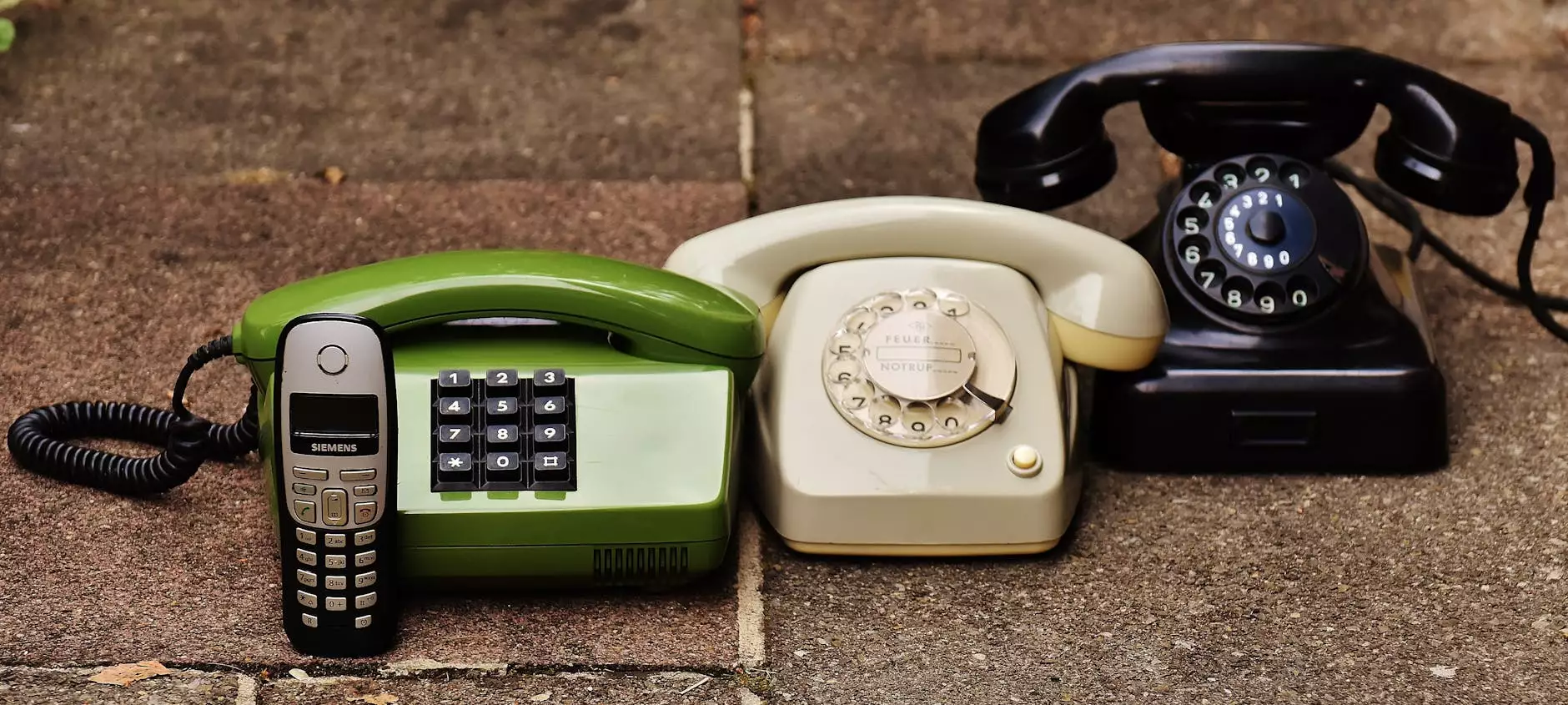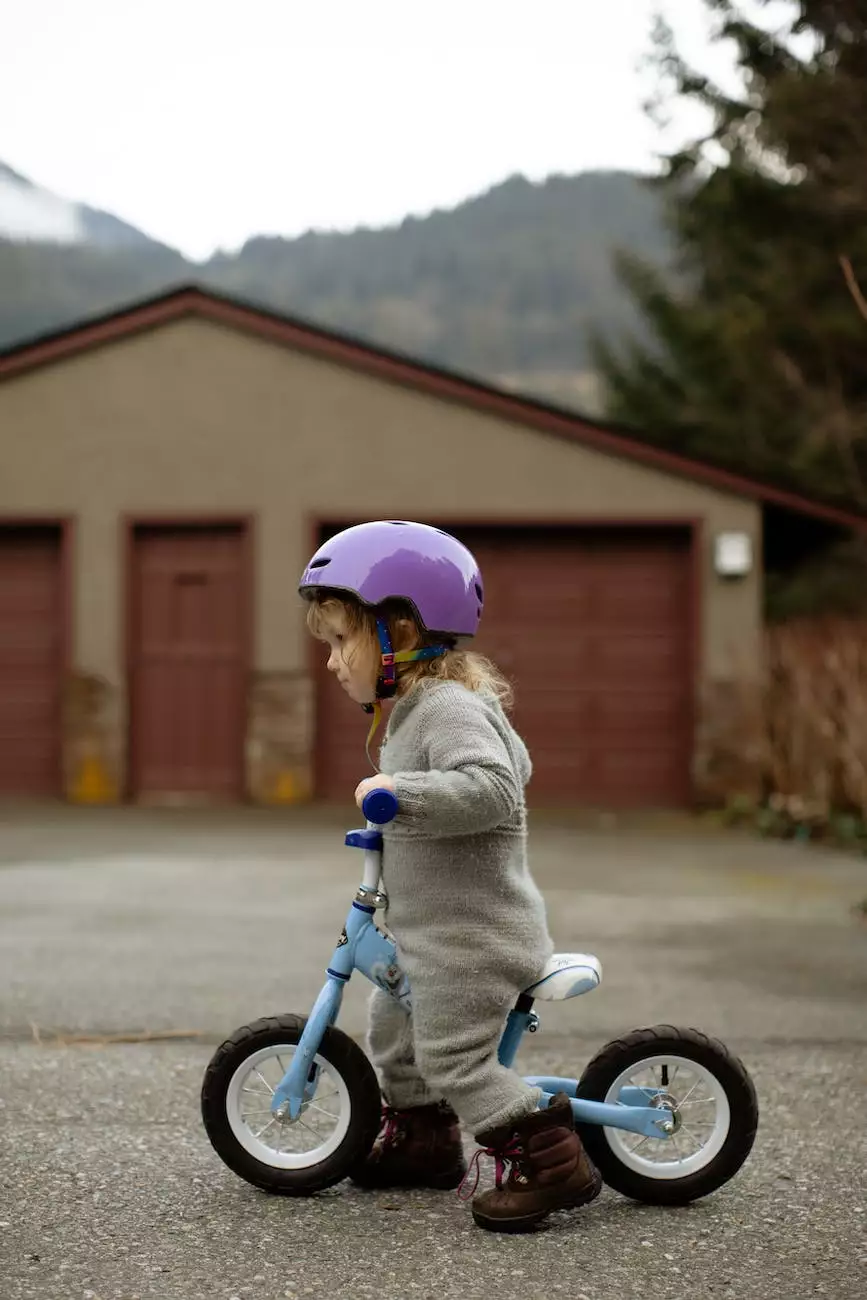Fire Pit Safety – Things To Know Before Igniting a Fire Pit
Customer Resources
Welcome to this comprehensive guide on fire pit safety brought to you by Texoma Insurance Agency, a trusted provider of insurance solutions for your peace of mind. In this article, we will cover essential information and guidelines to ensure a safe and enjoyable outdoor experience when using a fire pit.
Why Is Fire Pit Safety Important?
Before we dive into the details, let's emphasize the importance of fire pit safety. Year after year, numerous accidents and injuries occur due to improper handling of fire pits. Following proper safety precautions will help protect your property, loved ones, and yourself from potential hazards.
1. Choose a Suitable Location
The first step towards creating a safe environment is selecting an appropriate location for your fire pit. Ensure it is at least 10 feet away from any structure or flammable materials, such as trees, decks, or overhanging branches. This distance minimizes the risk of accidental fires spreading and causing damage.
2. Check Local Regulations
Before setting up your fire pit, it's crucial to review any local regulations or restrictions in your area. Some communities may have specific rules regarding fire pits, including size limitations, types of fuel permitted, and designated burning hours.
3. Use a Sturdy Fire Pit
Investing in a high-quality, sturdy fire pit is essential for safety. Choose a fire pit made from durable materials such as cast iron or steel, as they are more resistant to heat and less likely to tip over. Additionally, ensure your fire pit has proper ventilation to allow for adequate airflow.
4. Clear the Surrounding Area
Prior to starting a fire, clear the surrounding area of any flammable materials, such as dry leaves or debris. Remove any potential trip hazards that could cause accidents. It's also advisable to have a fire extinguisher or a bucket of water nearby in case of emergencies.
5. Use Appropriate Fuel
Choosing the right type of fuel can significantly impact fire pit safety. Avoid using gasoline, kerosene, or other flammable liquids as they can cause unexpected flare-ups and injuries. Instead, opt for seasoned hardwood or manufactured fire logs specifically designed for fire pits.
6. Start the Fire Safely
When starting a fire, use fire starters or kindling rather than resorting to lighter fluid. Lighter fluid can create uncontrollable flames and increase the risk of accidents. Build the fire gradually and avoid excessive stacking of wood to prevent embers from flying out.
7. Supervise at All Times
Never leave a burning fire pit unattended. Always assign someone to keep an eye on the flames and ensure there's a responsible adult present at all times. Supervision is especially vital when children or pets are present to prevent accidental burns or injuries.
8. Extinguishing the Fire
After enjoying your fire pit, it's crucial to extinguish the fire fully. Use a fire extinguisher or water to douse the flames. Stir the ashes and ensure they are no longer emitting heat before leaving the area. Never leave a hot fire unattended, as it can reignite and pose a significant risk.
9. Maintain Your Fire Pit
Regular maintenance is essential to keep your fire pit in optimal condition. Remove ashes and debris regularly and inspect the pit for any signs of wear or damage. Address any issues promptly to ensure the safety and longevity of your fire pit.
10. Consider Home Insurance
While practicing fire pit safety can reduce the likelihood of accidents, unexpected incidents can still occur. Having comprehensive home insurance coverage provides additional protection and peace of mind in case of fire-related incidents. Reach out to Texoma Insurance Agency to explore insurance options tailored to your specific needs.
Remember, fire pits can offer a delightful outdoor experience, but safety should always be the top priority. By following these fire pit safety guidelines, you can enjoy the warmth and ambiance of a fire pit while minimizing risks. Stay safe and make cherished memories around your fire pit!




